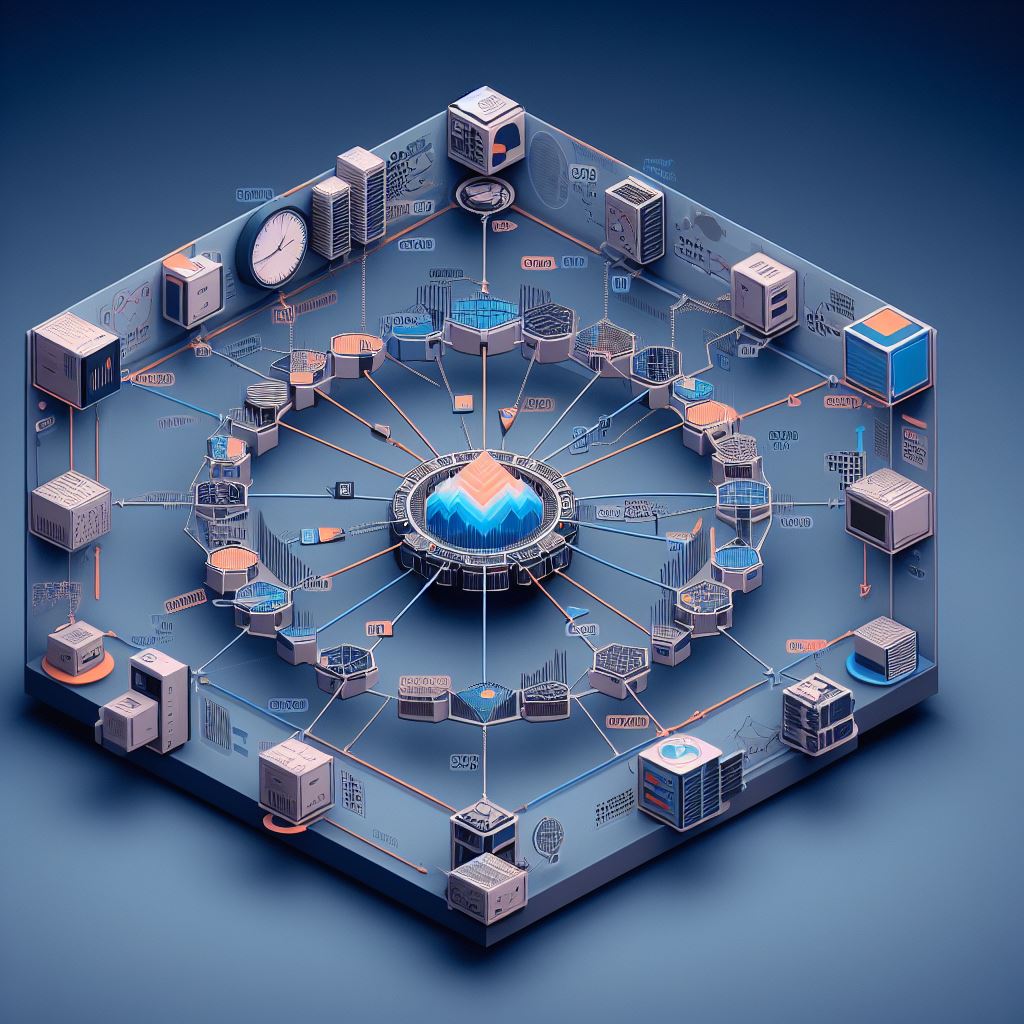In an increasingly interconnected world, efficient communication between devices becomes crucial. The OSI model, or Open Systems Interconnection, emerges as an essential guide for understanding the complexity of this network communication. Developed by the International Organization for Standardization (ISO), the OSI model divides the communication process into a clear and hierarchical structure of seven layers.
Each layer plays a specific role, from the physical transmission of data to the interaction between applications. By exploring these layers, we gain deep insights into the challenges and solutions involved in the efficient exchange of information. The OSI model provides a solid foundation for network professionals to understand and troubleshoot problems, promoting interoperability and reliability in increasingly complex environments.
This understanding is vital not only for network specialists, but for anyone interested in unraveling the behind-the-scenes of digital communication that permeates our daily lives.
OSI Reference Model
The OSI model, proposed by the International Organization for Standardization (ISO), divides the communication process into seven distinct layers. Each layer has a specific function and communicates with adjacent layers to ensure efficient data transmission.
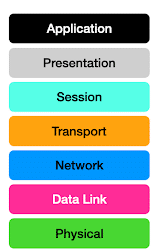
1 – Physical Layer: deals with the physical transmission of bits through the communication medium, whether it is a copper cable, fiber optic cable, or radio waves. This layer involves the definition of electrical, mechanical, and connection procedures.
Examples of physical layer devices:
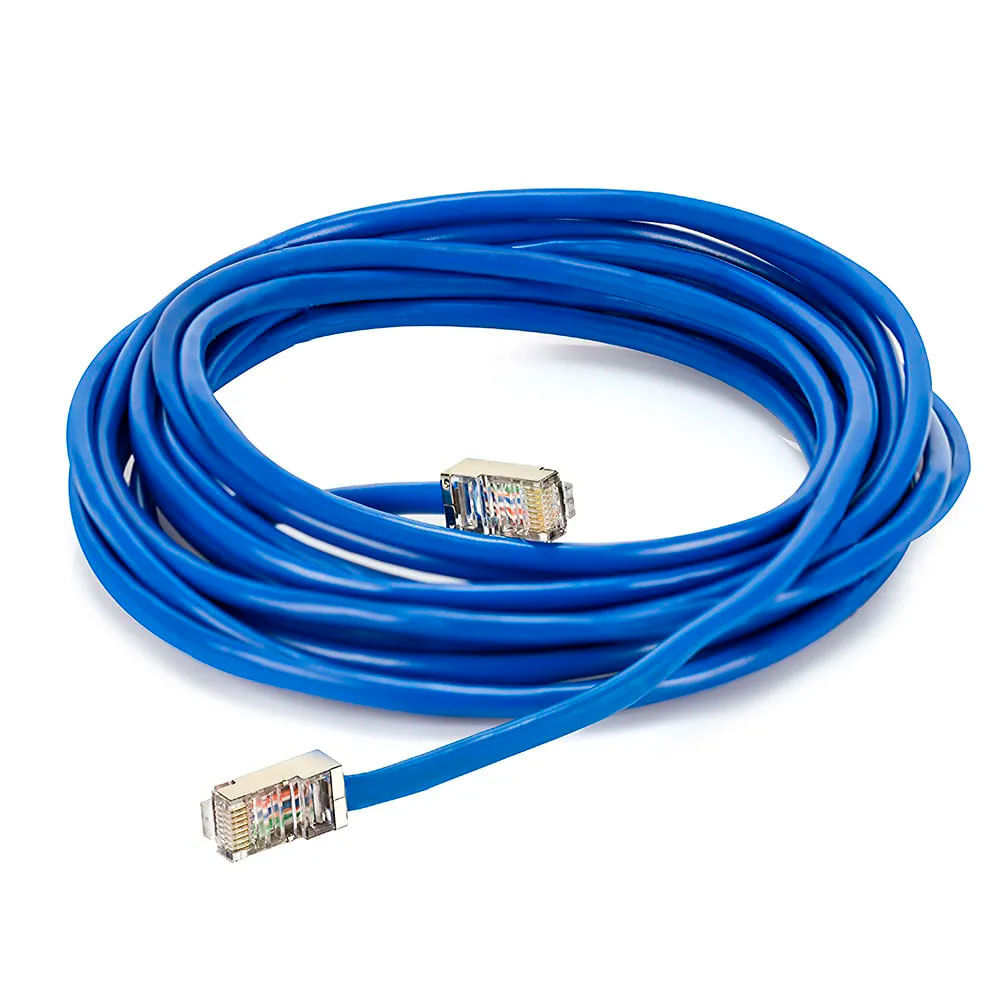
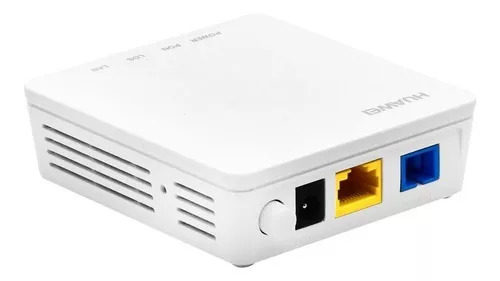
Some examples of protocols associated with the physical layer:
Ethernet – One of the most common protocols in the physical layer for wired local area networks, using electrical signals to transmit data between devices.
USB – used for physical connections between devices, such as computers, peripherals, and storage devices.
Bluetooth – a wireless technology that operates at the physical layer to connect nearby devices, such as headphones, keyboards, and smartphones.
Wi-Fi (IEEE 802.11) – used for wireless communication in local area networks, Wi-Fi operates at the physical layer to transmit data through radio waves.
2 – Data Link Layer: responsible for the reliable sending of frames between devices in the same local area network. This layer provides services such as error detection and correction, flow control, and medium access.
Example of data link layer device:
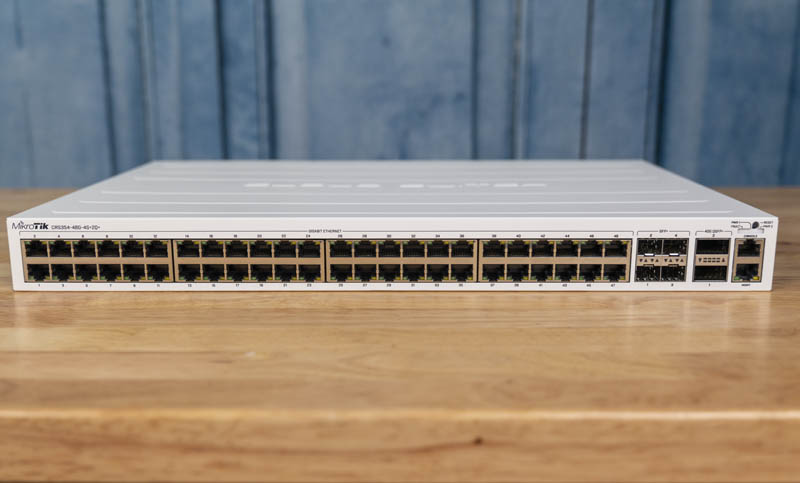
Here are some examples of protocols associated with layer 2:
PPP (Point-to-Point Protocol) – a data link protocol used to establish a direct connection between two devices, such as a modem and an ISP (Internet service provider).
HDLC (High-Level Data Link Control) – a widely used data link protocol in point-to-point and wide area networks (WANs).
Frame Relay – a packet switching protocol used in data communication networks. It operates at the Data Link Layer and is often used in corporate networks.
ATM (Asynchronous Transfer Mode) – while it can operate at multiple layers, including the Data Link Layer, ATM defines how data is encapsulated into cells for transmission in high-speed networks.
3 – Network Layer: deals with the routing of data through a network, providing logical addressing and forwarding.
Example of network layer device:
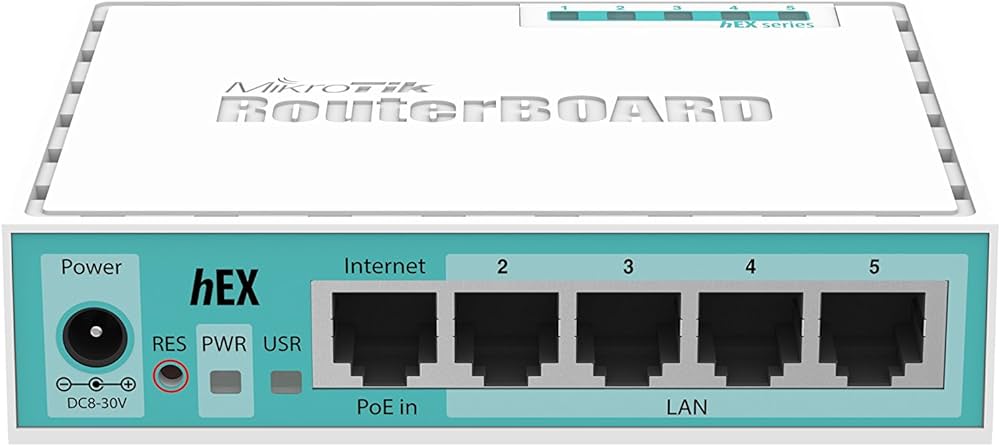
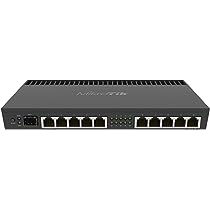
Here are some examples of protocols associated with layer 3:
IP (Internet Protocol) – a core protocol of the Internet, responsible for addressing and routing packets between devices in IP networks.
IPv4 (Internet Protocol version 4) – the most widely used version of IP, using 32-bit addresses.
IPv6 (Internet Protocol version 6) – a newer version of IP, designed to address the depletion of IPv4 addresses, using 128-bit addresses.
OSPF (Open Shortest Path First) – an interior routing protocol used in IP networks. It calculates the most efficient routes based on metrics such as bandwidth and latency.
4 – Transport Layer: ensures the reliable delivery of data, dealing with flow control and error correction.
Most well-known protocols associated with layer 4:
TCP (Transmission Control Protocol) – providing a connection-oriented communication, TCP ensures the ordered and error-free delivery of data between systems. It manages flow control, retransmission of lost packets, and acknowledgment of receipt.
UDP (User Datagram Protocol) – unlike TCP, UDP offers a connectionless communication and does not guarantee the ordered delivery of data. It is lighter and is often used in situations where faster delivery is preferred over reliability.
5 – Session Layer: This layer is responsible for the establishment, management, and termination of communication sessions between systems. Although the Session layer does not define specific protocols like some of the lower layers, it incorporates mechanisms to control communication between applications.
Examples of protocols in the session layer:
NetBIOS (Network Basic Input/Output System) – Used in Windows networks, NetBIOS facilitates communication between computers in a local area network.
PPTP (Point-to-Point Tunneling Protocol) – Used to establish secure connections in networks, often associated with VPNs.
6 – Presentation Layer: This layer is responsible for the translation, encoding, and formatting of data to ensure that information is understood correctly between heterogeneous systems. It also handles encryption and compression of data, if necessary. Unlike the lower layers, the Presentation layer does not have widely known and implemented specific protocols. However, it incorporates some fundamental aspects of data interoperability.
Examples of functions associated with the Presentation layer include:
Character encoding (e.g., ASCII, Unicode) – Defines how characters are represented and interpreted between different systems.
Data compression – Reduces the size of data to optimize transmission efficiency.
Encryption and security – Adds a layer of security to communication, if necessary.
Data format translation – Ensures that data is interpreted correctly, regardless of the original format.
7 – Application Layer: This layer deals with the direct interaction between application software and network services. A variety of protocols operate in this layer to provide specific services to applications.
Here are some examples of protocols associated with layer 7:
HTTP (Hypertext Transfer Protocol) – Used to transfer data on the World Wide Web. It is the protocol behind the communication between web browsers and servers.
HTTPS (Hypertext Transfer Protocol Secure) – A secure version of HTTP that uses encryption (typically TLS or SSL) to protect communication between the client and server.
FTP (File Transfer Protocol) – Used for file transfer between computers in a network. Can be implemented in both active and passive modes.
DNS (Domain Name System) – Converts domain names to IP addresses, making it easier to browse the internet using friendly URLs.
Although the OSI model provides a comprehensive framework for understanding networks, we cannot ignore the ubiquitousness of the TCP/IP model in practice. I invite you to read our article “TCP/IP Model: The Backbone of Modern Digital Communication” and explore more about the essential TCP/IP architecture, which plays a fundamental role in modern connectivity.
Did you not find the information you were looking for? Do you have other questions? Do you want to help us improve the material? Do not hesitate to contact us and seek support from MKController! Click here for any questions.
If you have Mikrotiks in your network, enhance the control, efficiency, and remote access of your Mikrotik with MKController. Click here to try it now and discover the power of advanced and intuitive management to elevate your experience to new heights!

